Egyptian Coins Throughout the Ages
With pictures of pharaohs and grand Islamic and ancient Egyptian monuments, Egyptian currency is well known for being pretty darn cool. However, the humble Egyptian pound is only the most recent currency that Egypt has used and Egyptian coins can be traced back all the way through the Islamic, Byzantine, Roman, and Ptolemaic periods all the way until 360 BC. Here, we take a look back at Egyptian coins throughout the ages to see how they have changed
Back in 360 BC during the reign of Pharaoh Teos and later Nactanebo II, Egypt’s first minted currency was issued. The coin was called a nefer-nub in Egyptian, which translates into fine gold, and was referred to by the Greeks as a stater. However, these gold coins can’t be considered as currency in the full meaning of the term as they were created by the ruling pharaoh to pay Greek mercenaries and not for general commerce.
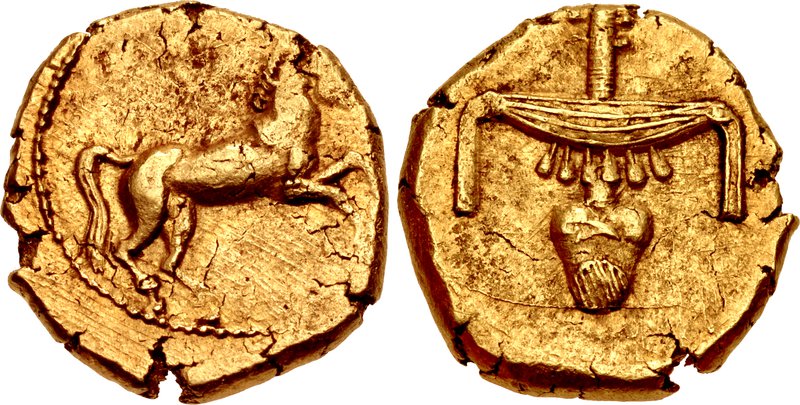
During the Ptolemaic period, coinage that was meant to be used as a standard currency was first introduced. With coins being produced in Memphis and then Alexandria, great efforts were made to instil the use of currency in Egypt under Ptolemy II Philadelphus. In addition, foreign currencies were confiscated and a strict policy of a single currency was enforced. Surprisingly, silver was actually rarer and thus more expensive than gold during this period, and as such became an obvious choice to make a coin.
In the Ptolemaic period, bronze was also later used for coins and one such bronze coin weighed an incredible 100 grams. As Ptolemaic rule came to an end, Egypt had been transformed from a country that mostly relied on exchange and barter for commerce to one largely that used an official currency in its economy. This had the added effect of enabling effective taxation and trade, which created the basis for an affective and flexible state.
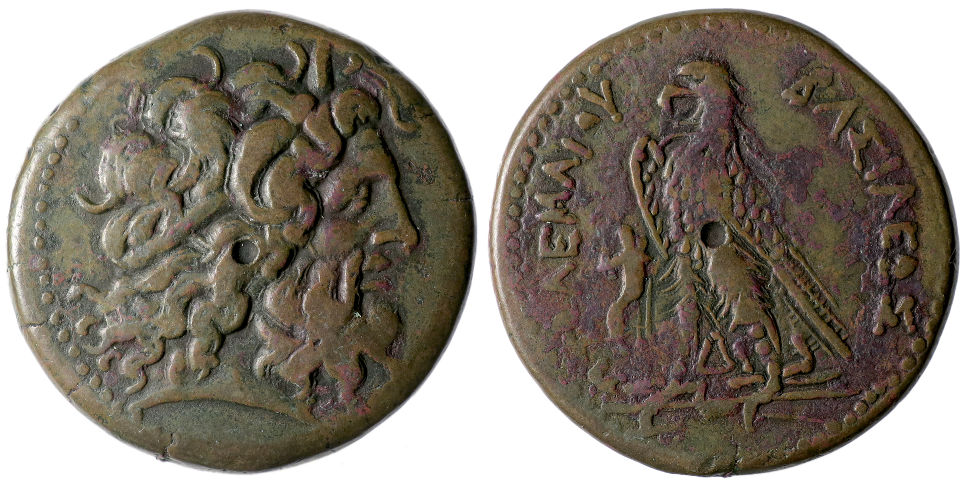
With the start of the Roman period in Egypt, the use of Ptolemaic coins continued for quite some time as Rome decided to slowly phase out local currencies to avoid unnecessary complications. Ptolemaic silver coins were eventually phased out of circulation, melted down and turned into Roman coinage.
Egypt’s monetary system remained a closed and isolated currency based on the tetradrachm until 297 AD, when Egypt’s currency was finally brought in line with the rest of the Roman Empire by Diocletian. The period following this saw the use of the same currency as used all over the Roman Empire
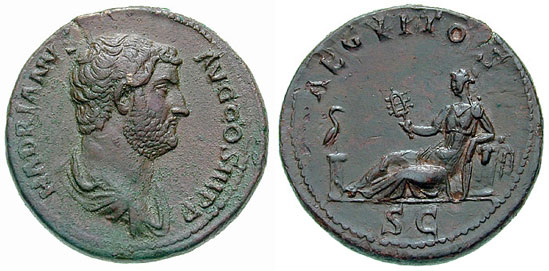
Byzantine rule in Egypt saw the use of coins that replaced Roman religious imagery with Christian imagery. However, the Byzantines carried on the convention of displaying the ruling emperor and maintained a similar system of weights.
The Islamic conquest of Egypt from 639 AD until 646 AD put an end to Byzantine rule; however, in Egypt, as in Syria, the use of Byzantine currency was continued. Likewise on the other side of the caliphate in Iran and Iraq, the use of Sassanian coins similarly continued for some time. However, imitation Byzantine coins were also produced in the Islamic world that were identical in weight and gold quality. While these coins minted in the Islamic caliphate continued to depict the Byzantine figures, there were small changes made such as the Greek inscription MACP, for the Arabic word for Egypt, misr. Additionally, some of the Christian iconography was either removed or replaced with Islamic symbols, for example, on one common coin, the three standing figures had their crucifixes replaced with orbs, while on the other side the original text was replaced with the Islamic declaration of faith in Arabic.
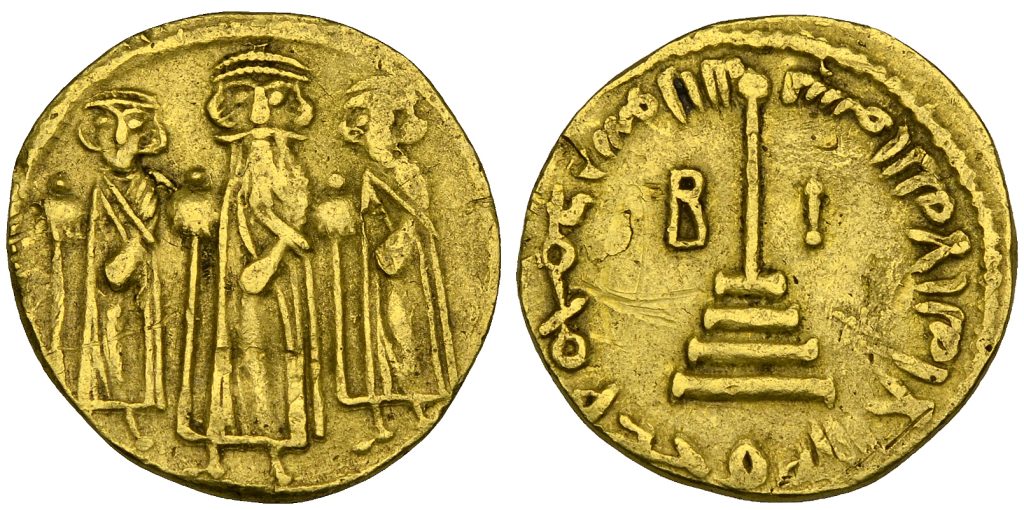
In 697 CE during the Umayyad Caliphate, Caliph Abd al-Malik ibn Marwan created the first truly Islamic coin, which in no way sought to imitate either Byzantine or Sassanid coins as had been done before. The new coins were devoid of all visual imagery and instead had verses of the Qur’an. The caliph banned the use of any other currency throughout the Umayyad Caliphate and enforced this with the death penalty.
Throughout the rest of the Umayyad and Abbasid caliphate, only small changes were made to the coinage, usually involving the design, script and the caliph or governor mentioned. However, for a brief period during Fatimid rule, some coins were introduced that stated Shi’a doctorine, but were quickly removed due to the anger it caused in the mostly Sunni country.
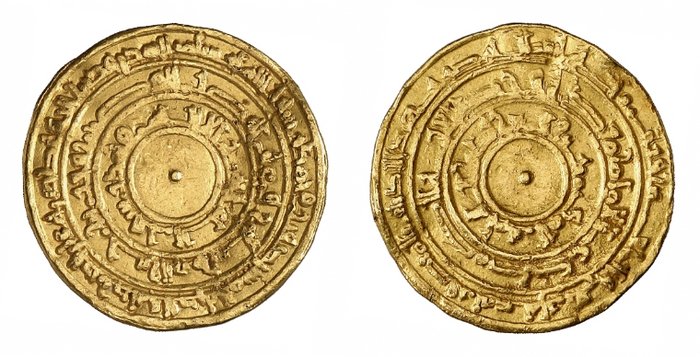
Following this, the Abbuyid and Mamuluk periods continued the same core conventions for its coinage. However, these relatively unchanged conventions dictating coin design for 820 years abruptly ended in year 1517 with the Ottoman invasion of Egypt.
The Ottomon invasion of Egypt and the overthrow of the Mamluks led to the introduction of a new minted currency that was controlled by the Ottoman Empire called the para. Following the invasion in 1517, the new currency was formally introduced in 1524 along with its set standards, weights and references to the ruling sultans.
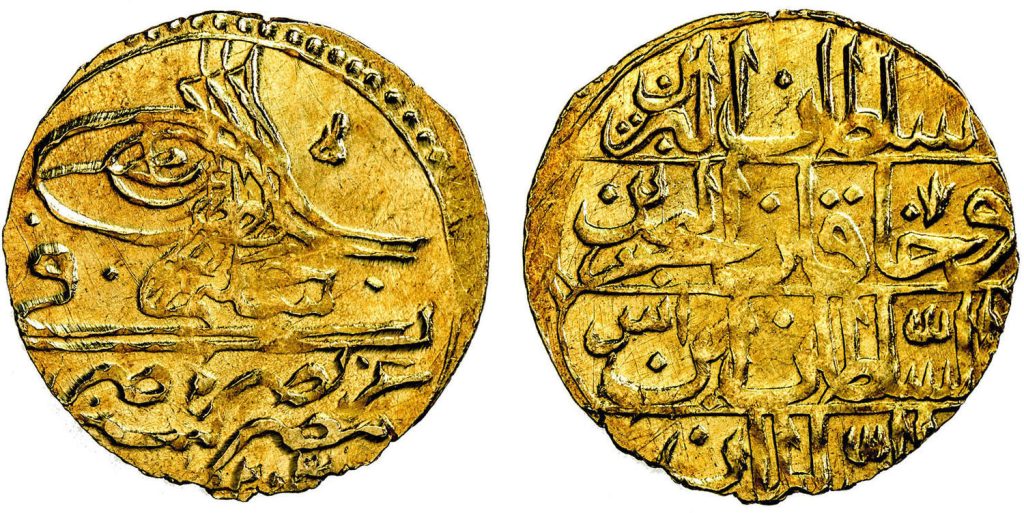
As part of Khedive Muhammed Ali’s reforms to modernise Egypt, Egypt’s monetary system was also shaken up with the introduction of a new currency in 1834, the Egyptian pound. Although the currency is still used today, the coinage and banknotes went through several design changes over the years reflecting Egypt’s modern history as kings came and went, followed by the post-revolutionary period that sought to do away with depictions of leaders, bar the occasional commemorative coin.
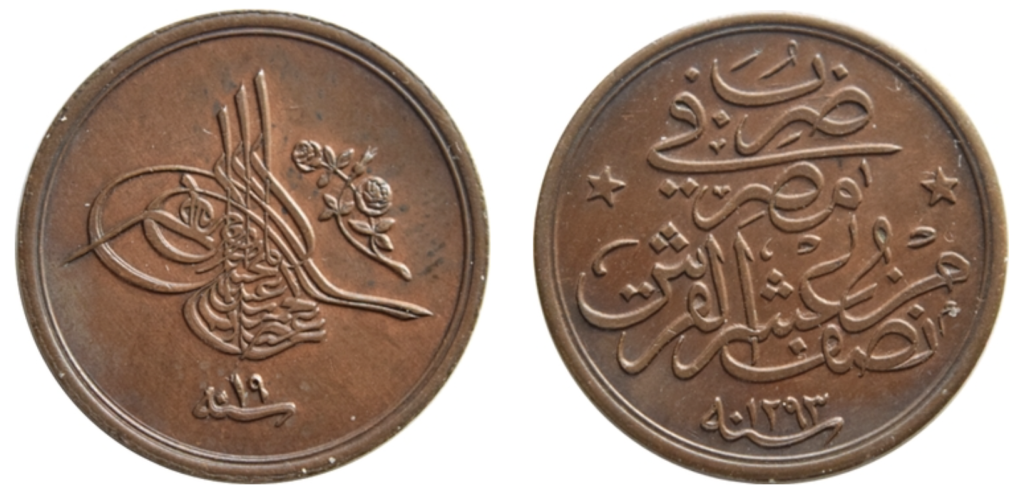
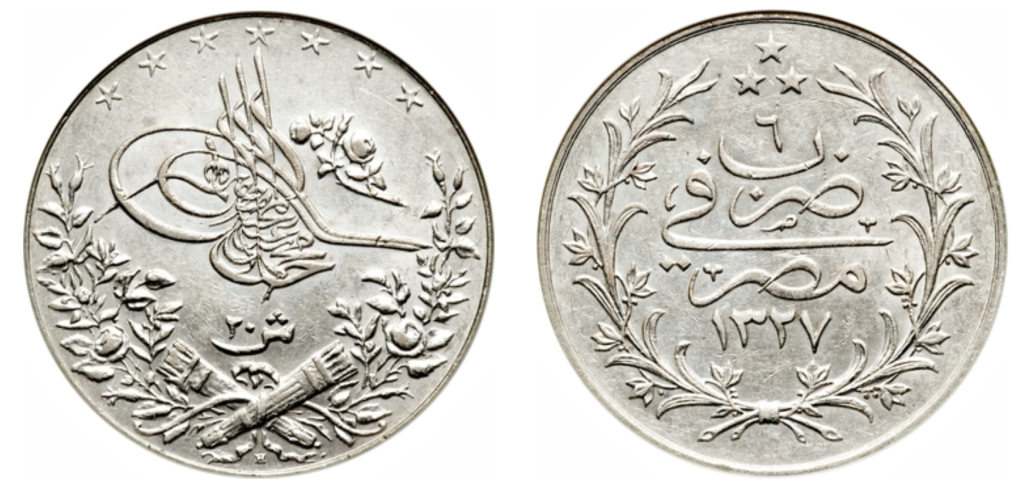
As the Ottoman Empire began to crumble following its defeat in the First World War, Egypt was declared a formal protectorate of the British Empire and the Ottoman Empire, which was soon to fully dissolve in 1922, suddenly had no influence or control over Egypt. Egypt’s ruling elite were keen to distance itself from its former Ottoman rulers, and Sultan Hussien Kamel issued a new set of coins that did away with references to the Ottoman sultan, and instead replaced this with the name of Egypt’s current ruler.
Starting with King Fuad and ending soon with the 1952 revolution overthrowing the Egyptian monarchy, coins started portraying the current king in profile. These coins stylistically were very similar to British coins, aiming symbolise a similar imperial prowess and a dominant monetary system.
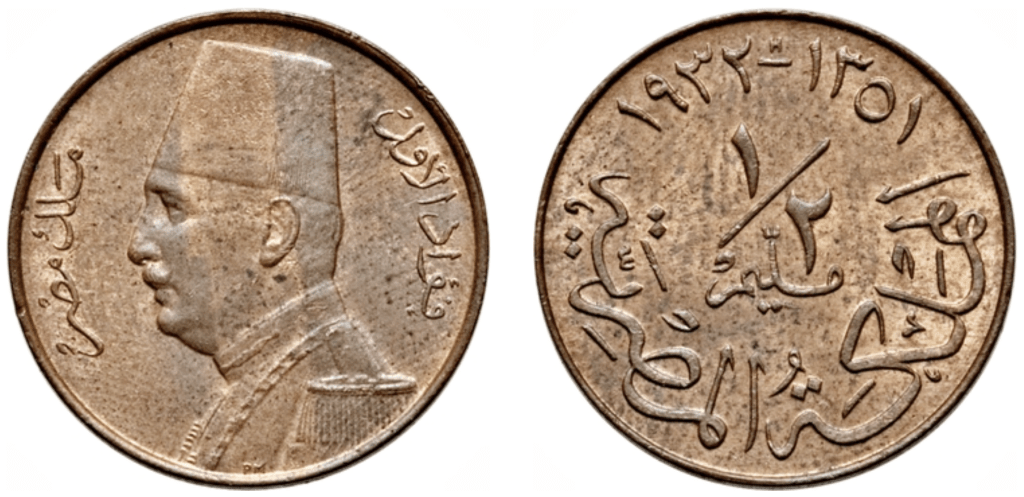

Following the overthrow of the monarchy in 1952, Egypt became a republic and began a campaign to remove any and all symbols of the previous ruling monarchy. Coins were an obvious target of this campaign as the images of kings projected royal power and authority. However, Egypt introduced a new set of coins following the revolution that did away with the portrayal of leaders altogether, and instead replaced them with images celebrating Egyptian history, culture and the memorialisation of certain events.
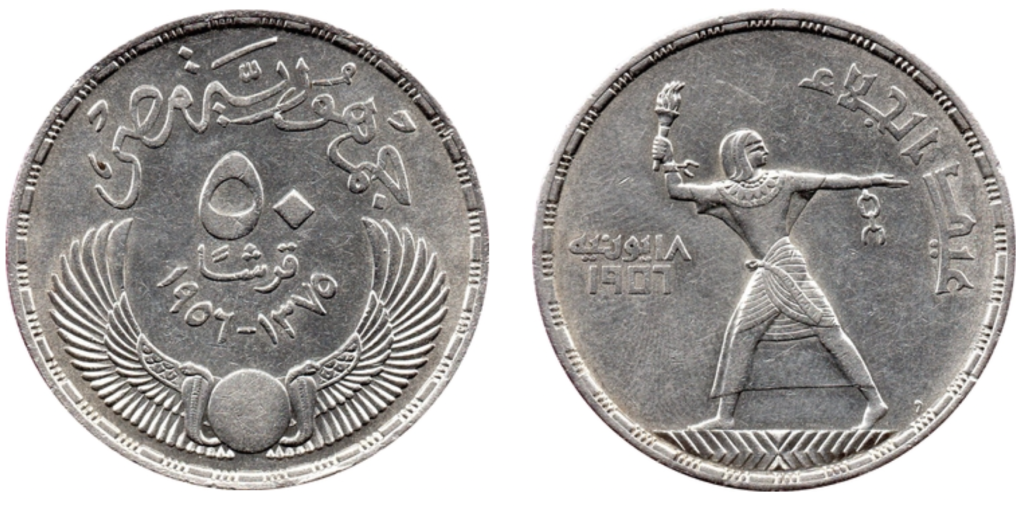
For a brief period between 1958 and 1961, Egypt and Syria became one country known as the United Arab Republic. Meant to be the first step in creating a pan-Aran state incorporating the whole region, this period represents the peak of Arab nationalist aspirations and was accompanied by the minting of new coins with the coat of arms of the United Arab Republic.
Modern Egyptian coinage also saw the introduction of numerous commemorative coins that were put into circulation that celebrated the nation’s achievements and commemorated events and people. Events like the completion of the Aswan Dam were celebrated and Egypt’s wars remembered among many other notable events.
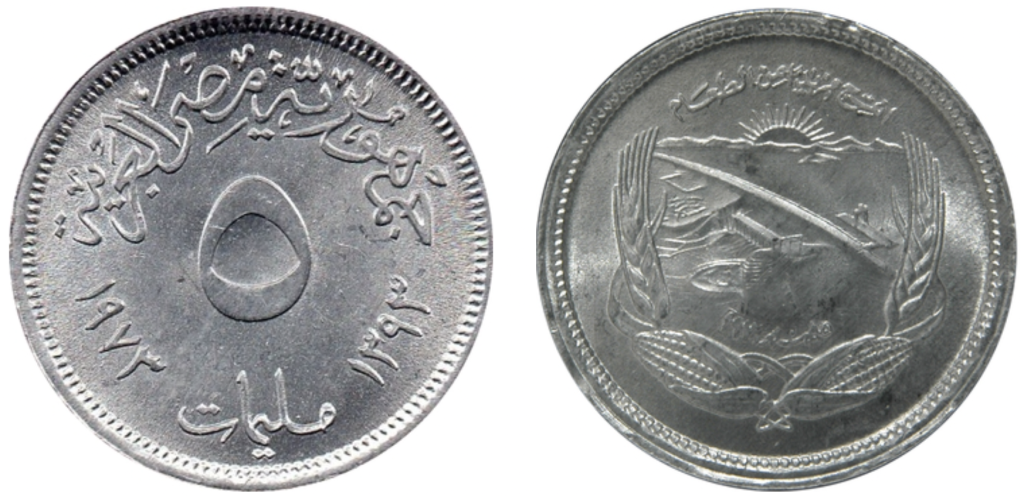
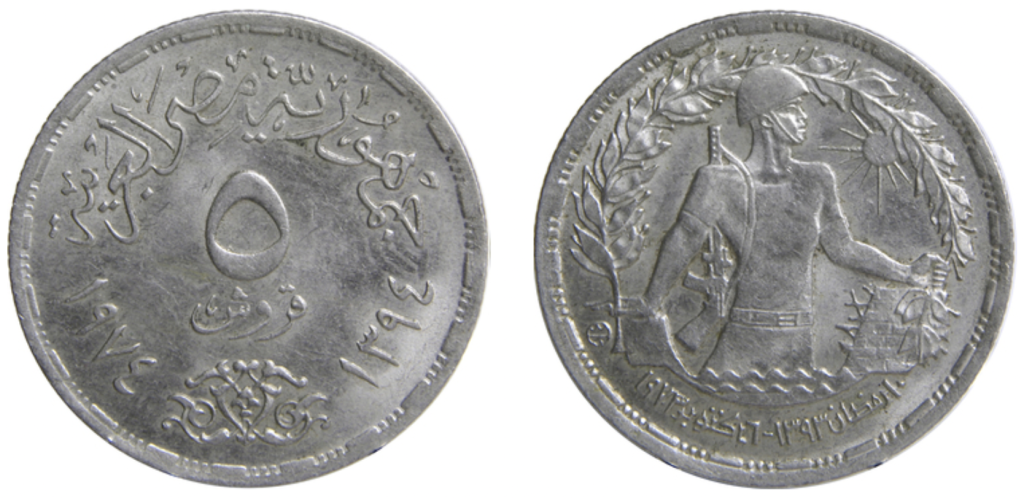
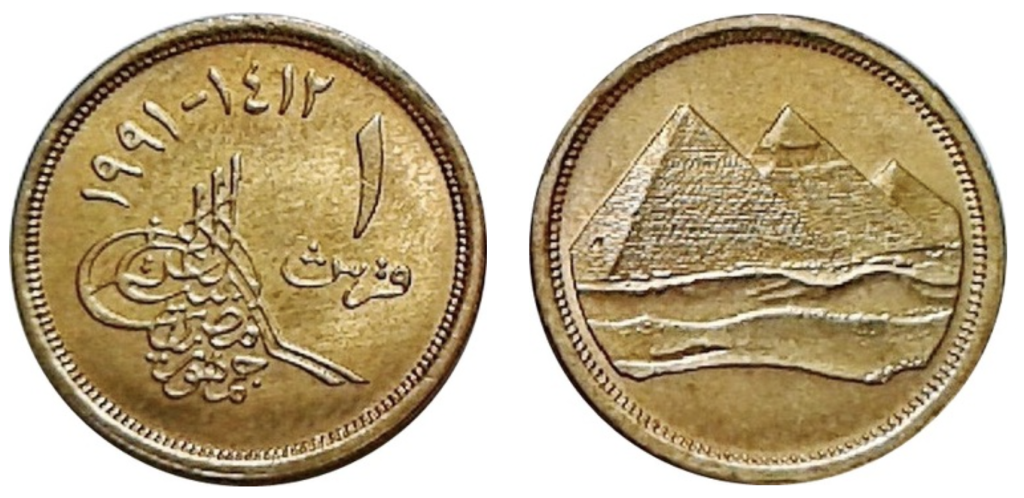
Egypt’s modern coinage that we know today occasionally commemorates certain events like the Pharaoh’s Golden Parade or celebrates certain people like the heroic actions of medical staff during the COVID-19 pandemic. However, most of the coins show the mask of Tutankhamen in a nod to the country’s pharaonic past and represent the history of Egyptian coinage coming full circle.
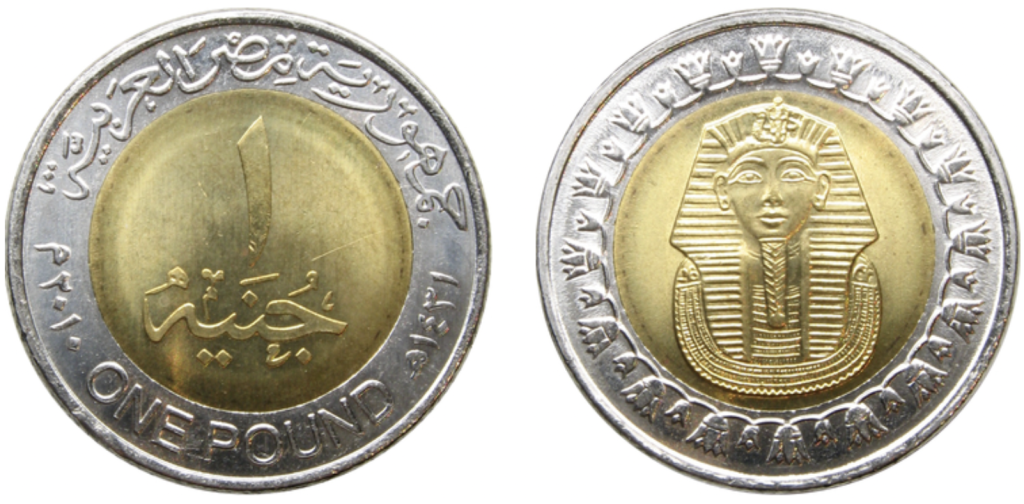
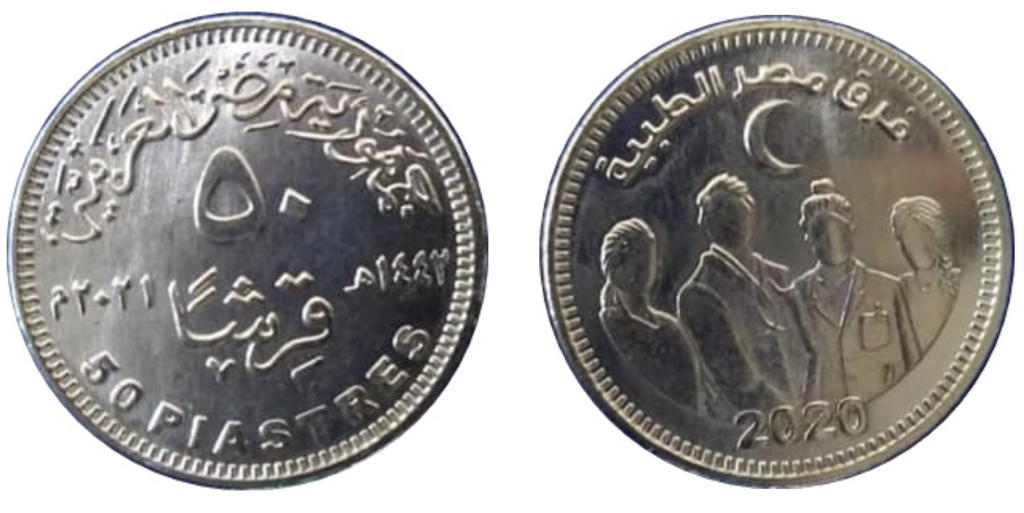
WE SAID THIS… Egypt’s New Eco-Friendly Plastic Currency To Circulate Starting Early November 2021
